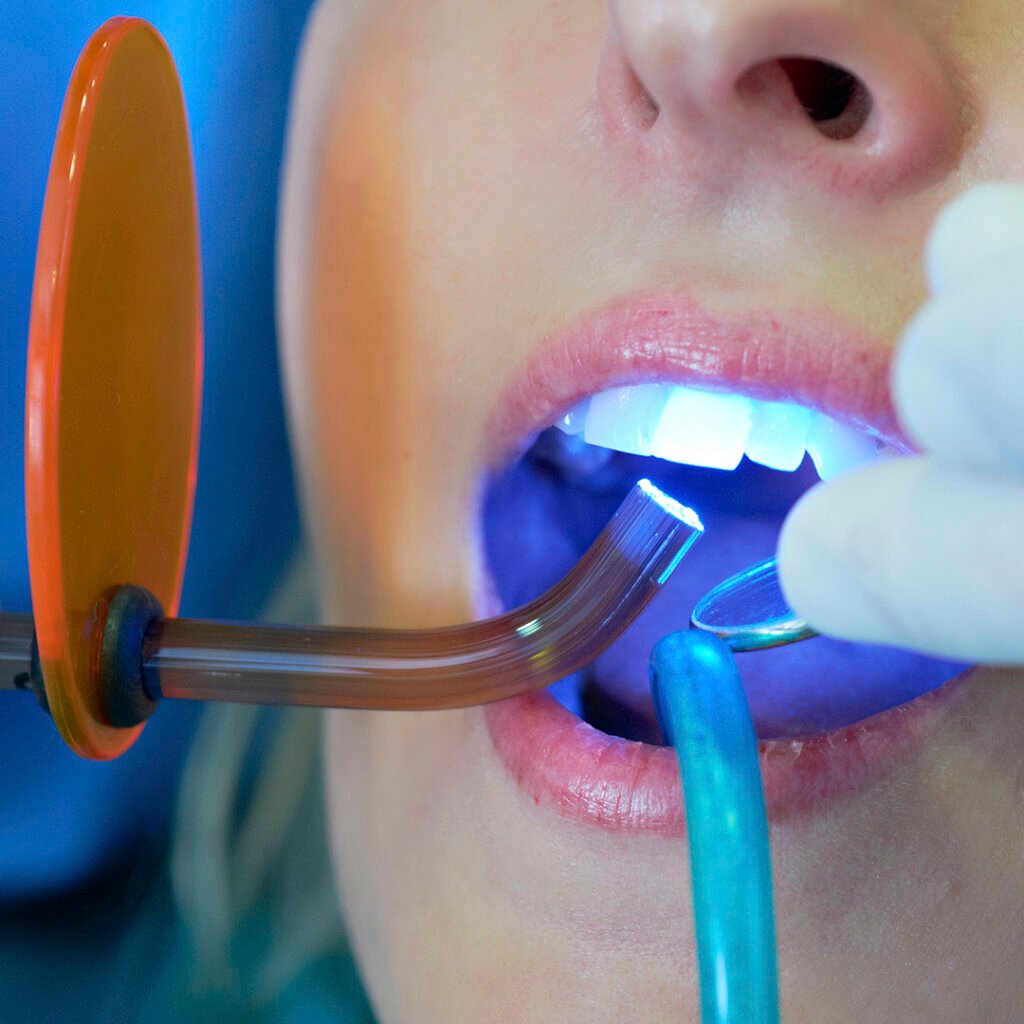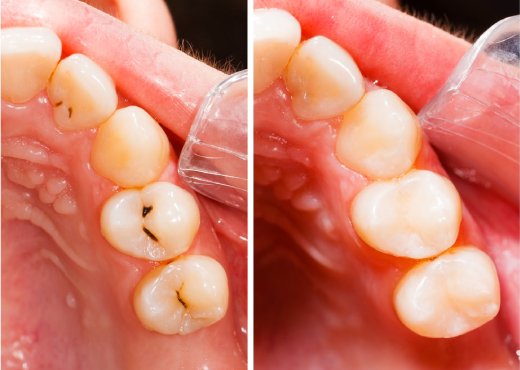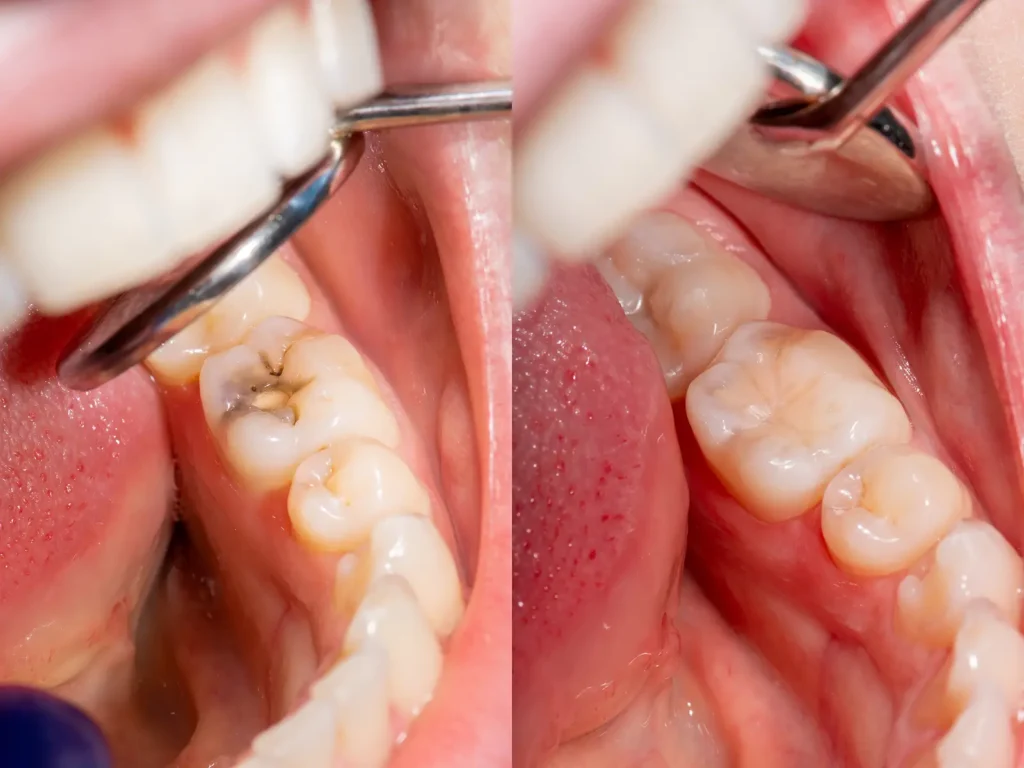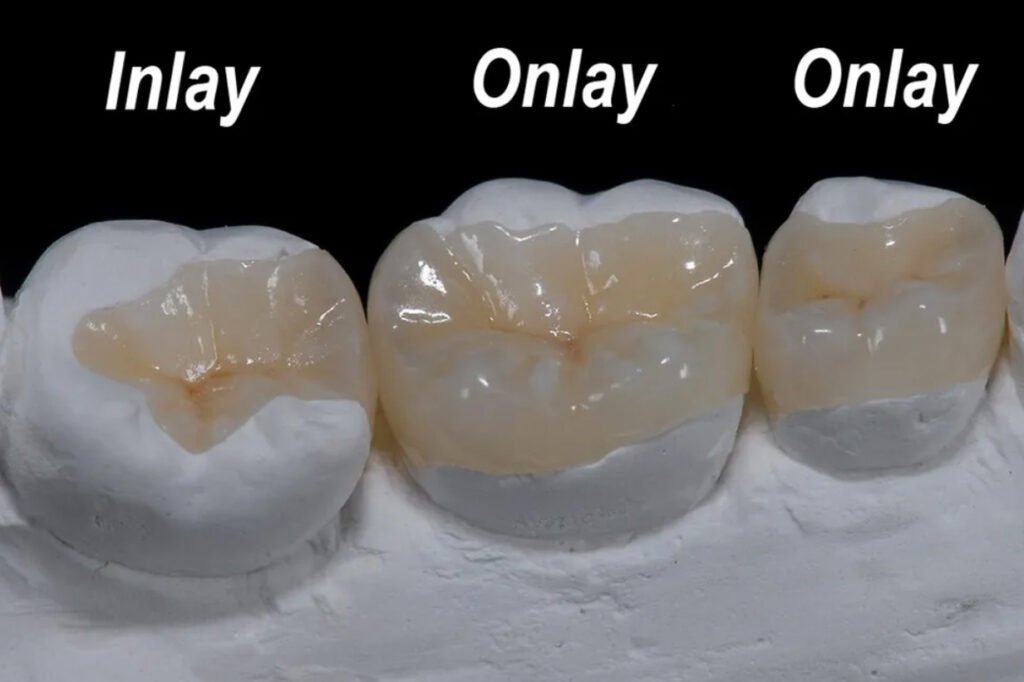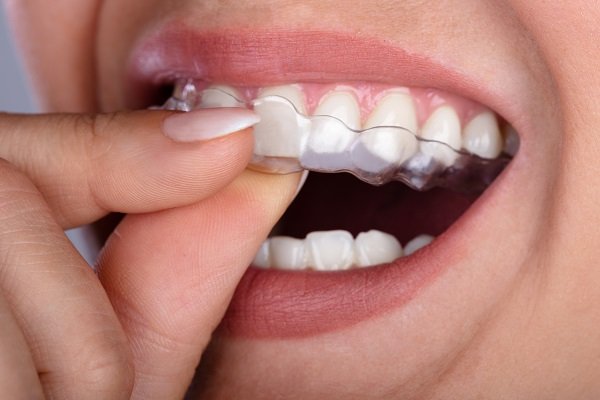
Conservative or restorative dentistry, also known as operative dentistry, is the field responsible for returning the proper function of the teeth, which may be affected as a consequence of various pathological situations :
– Wear or fractures.
– Small or larger cavities, which are resolved with subsequent restoration (a filling).
A filling helps to restore a tooth damaged by decay back to its normal function and shape and helps prevent further decay by eliminating areas where bacteria can enter the tooth.
Amalgam (silver) fillings are resistant to wear and relatively inexpensive. However, due to their dark color, they are more noticeable than porcelain or composite restorations and are not usually used in very visible areas, such as front teeth.
Composite (plastic) resins are matched to be the same color as your teeth and therefore used where a natural appearance is desired. The ingredients are mixed and placed directly into the cavity, where they harden. Composites may not be the ideal material for large fillings as they may chip or wear over time. They can also become stained from coffee, tea or tobacco, and do not last as long as other types of fillings generally from three to 10 years.
Porcelain fillings are called inlays or onlays and are produced to order in a lab and then bonded to the tooth. They can be matched to the color of the tooth and resist staining. A porcelain restoration generally covers most of the tooth.
Glass ionomer fillings are excellent for highly cavity prone individuals as they contain fluoride. Very biocompatible material used in cavities that are very deep and next to the gum margin or inside the gums.
Enamel erosion
Dental erosion is the irreversible loss of tooth enamel,
3 Types of Tooth Wear
Dental erosion occurs when acid comes in contact with the teeth. Three other kinds of tooth wear include attrition, abfraction and abrasion.
Attrition involves tooth-to-tooth contact, most often teeth grinding or improper biting. This type of tooth wear breaks down and flattens the chewing surfaces of the teeth.
Abfraction occurs when regular grinding or a misaligned bite create an abnormal load on the tooth. This results in a notch on the side of the tooth near the gumline. A dentist or dental hygienist will often recommend a night guard for patients exhibiting abfraction. Orthodontic treatment can help align the teeth to ensure they come together properly.
Abrasion can appear similar to abfraction, but it is caused by an external mechanical force, such as a toothbrush. If a patient is brushing too hard against the surface of the tooth or using a toothbrush with hard bristles, the constant wear can cause a notch-like surface at the gumline. Your dental hygienist can give you instructions on proper brushing techniques to avoid continued wear on the tooth surface.
Signs of Enamel Erosion
When the enamel on the teeth wear down, it can cause several things to occur :
Teeth may become further worn down
Teeth become discolored because the enamel has worn away and the dentin is exposed; see dentin in yellow on the image below
Tooth sensitivity can occur because the enamel is worn away both on the lip and tongue surfaces of the teeth and the dentin is a softer material than the enamel and is more sensitive to touch, air, biting forces and acid exposure
The edge of the front teeth may look transparent
Treatment for Tooth Wear
Those with abfraction or abrasion can have a filling placed on the side of the tooth over the damaged surface to help protect against continued wear.
Your enamel won’t grow back, but not all is lost! You can take measures to prevent further erosion and preserve your smile. Knowing how to take care of your teeth and practicing good habits.
Preventive dentistry is the field responsible for the study and understanding of the oral environment and its microbiological and immunological implications in the prevention of illnesses.
Nowadays it is essential that our clinical practice is guided by the preventative measures with oral tissues while fully respecting what has been created by nature. That is why, at the same time, we need to put an emphasis on preventive dentistry and be clearly aware that this aspect is one of the keys to the success of any treatment, to guarantee the greatest longevity of both teeth and restorative work.
This should not only be implemented with healthy tips, but rather with checks, examinations and customised clinical tests in order to find out what each patient needs to do at home in their particular circumstances, and what we need to do at the clinic. This is not a very widespread procedure, but we must consider it as necessary, in order to have proper monitoring.


